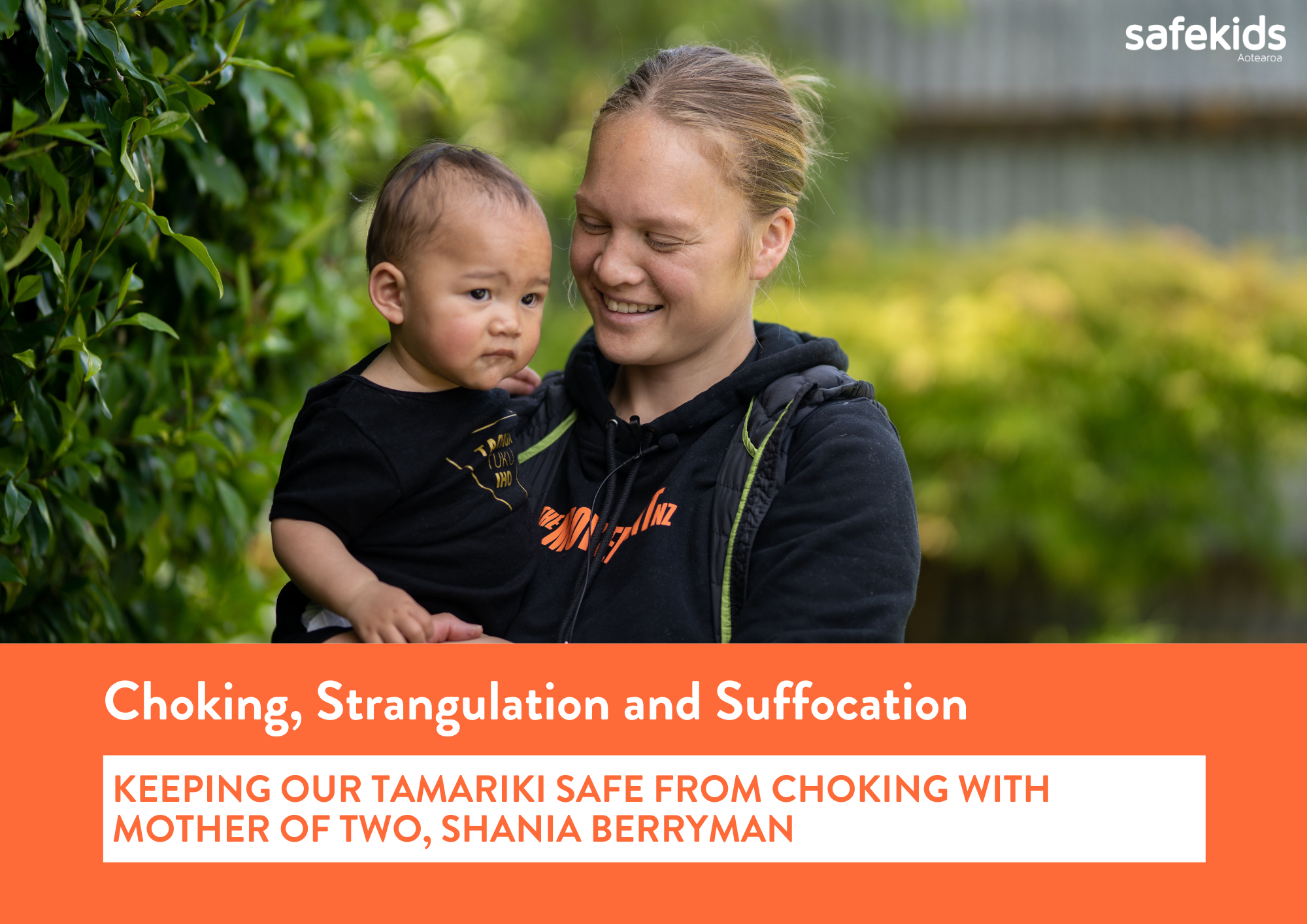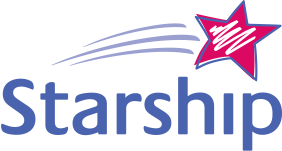Protecting our tamariki from choking with Shania Berryman
We are honoured to share this inspiring kōrero from Shania Berryman of Waikato Tainui and Ngāti Maniapoto.
Shania Berryman is a māmā of two beautiful tamariki Anuhea (3) and Keahi (7 months). Both she and her partner, Marcel Hellesoe are accomplished Waka Ama paddlers having traveled the world to compete. Shania is also a personal trainer in Kirikiriroa, where Safekids Aotearoa were fortunate enough to sit down for a kōrero with her about her tamariki, her journey as a mother and sportsperson.
Waka Ama
As a child Shania Berryman grew up playing multiple sports before deciding to focus her talents on Waka Ama during high school. She participated at all levels of the sport, from local competitions to the Waka Ama World Championships. Shania states that “there’s nothing like being on the water” where she describes feeling connected to her ancestors who paddled before her. “For Māori people it’s really important for us to be connected not only to the water but also the land and our environment.” Shania says that the reason she has continued to do Waka Ama for so long is because of the whānau atmosphere and inclusivity of the sport which allows people of all ages to participate.
University and becoming a māmā
After growing up in kohanga reo and kura kaupapa where she was immersed in Māori tikanga and language Shania describes her first impressions of university in Auckland, as a ‘culture shock.’ She reflects on not seeing many Māori students nor staff, not doing kapa haka or beginning the day with karakia as some of the differences of university life. Shania was in her first year at university when she fell pregnant with her eldest daughter. Initially she worried what friends and family would think and how having a child at a young age would affect her career aspirations. However, Shania believes that her children came to her at a low point in her life and helped her mature into a more selfless person and gave her life new meaning.
Choking
For Shania the dangers of choking were evident while feeding her daughter Anuhea who was one at the time. While feeding Anuhea pureed bananas and strawberries she noticed that something was amiss when her daughter had a blank expression and seemed unresponsive. Shania at the time wasn’t sure of how to best help her daughter and instead called for her partner. Marcel quickly held Anuhea face down, supporting her jaw and slapped Anuhea's back dislodging a small lump of banana which had become stuck in her airway. Shania describes this as an extremely scary moment as she feared for her daughter's life, especially knowing that choking / suffocation is the leading cause of fatal injury for tamariki in Aotearoa. “We were lucky as well that we were both around and that baby wasn’t sitting there eating on her own because I couldn’t imagine what would’ve happened if we weren’t in the room.” This incident prompted Shania to attend a first aid course so she would be better prepared should this ever happen again.
Top tips to keep your pēpi/nohinohi safe
Remember: Very young children of this 0-12 months age group have a windpipe with a diameter slightly bigger than a large straw.
A safe way for babies and young children to eat and drink is while seated and supervised.
Some foods are more likely to put our tamariki at risk of choking. Some of these foods include nuts, raw apple, carrot and celery. Before serving, finely grate carrot, celery and apple or cook till soft before giving to tamariki. Giving nuts to tamariki should also be avoided till age five
Small round or oval foods are more likely to put our tamariki at risk of choking. Some of these include grapes, berries, and raisins. These can be quartered or chopped smaller. Things such as peas can be squashed with a fork and raisins can be soaked to soften.
Tamariki find it hard to chew food with skins, as they can seal their airways. Some foods with skins include sausages, cheerios, chicken, stone fruit and spinach. To prevent choking, remove the skins (and stones from fruit) and cut up so food is as small as your child's smallest fingernail.
We suggest feeding your baby before they go to sleep rather than letting them fall asleep with a bottle. Babies who fall asleep while bottle-feeding or with the teat in their mouth can draw liquid into their lungs and inhale or choke on it.
Before you buy a toy, check that it is right for your child’s age. Remember, the smaller the child, the bigger the toy should be. If a toy is small enough to fit into a toilet roll it’s too small for a child less than 3 years.
Button batteries will severely burn the throat if swallowed and also pose a choking risk. To keep tamariki safe, put items with button batteries out of sight and out of reach and keep loose batteries locked away. As an extra precaution we suggest putting some duct tape over the TV controller.
Make sure window cords and strings are tied up and out of reach. They are a risk for young children, so keep beds away from window cords too.
First Aid
Babies up to 1 year
If the baby is unconscious, do CPR,
If the baby is conscious, follow these steps to clear an obstruction:
Call for help
Hold the baby down lengthwise on your arm or knee.
Firmly support the head by holding the jaw.
Give 5 back slaps between the shoulder blades with the heel of your hand – not too hard – to create an artificial cough.
If the obstruction still hasn’t come out, turn the baby over face up with head lower than the trunk (or body).
Give 5 chest compressions in the same place as for CPR, but at a slower rate (1 every 3 seconds).
Only remove the object if you can see it. Do not try to fish for it as you may push the object down further.
Continue back slaps and chest thrusts until the object comes out. If the baby becomes unconscious, follow the basic life support steps and perform CPR.
Children over 1 year
If the child is unconscious, do CPR.
If they are coughing or having difficulty breathing, encourage the child to cough. Do not do anything further at this stage.
If the airway is completely obstructed and the child is conscious but not breathing:
Call for help.
Stand to the side of and slightly behind the child. Give up to 5 slaps between the shoulder blades with the heel of your hand, firmly enough to try to clear the obstruction.
If the obstruction has not come out of their mouth, wrap your arms around the child’s chest and grasp one of your fists with the other hand.
Give up to 5 quick inward thrusts.
If the obstruction still has not come out, repeat the sequence of 5 back slaps followed by 5 inward thrusts until the obstruction comes out of their mouth. The aim is to clear the obstruction with each new back slap or chest thrust, rather than necessarily giving all 5.
If you can’t remove the object in these ways, do mouth-to-nose (or mouth-to-mouth) breathing on the child until help arrives.
Nei rā te puna mihi e rere atu ana kia koe e te Tohunga Shania kei roto i ēnei kōrero tō ngākau, me tō aroha ki tō whānau, ki ngā tamariki me ngā taiohi puta noa i te motu hei whai painga mo te iti me te rahi o Aotearoa.
Toolkit
Click the image below to download the toolkit

